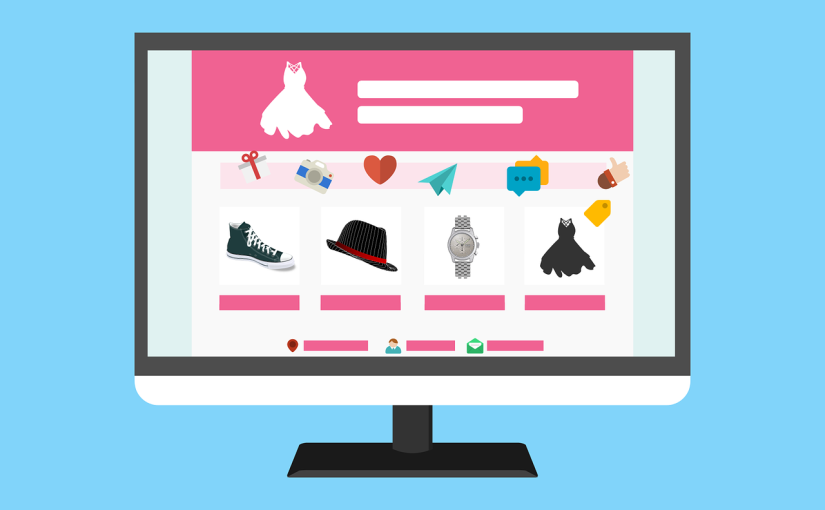Here are 20 blogging tips to help you create a successful and engaging blog:
- Define Your Niche: Choose a specific topic or niche that aligns with your interests, expertise, and target audience.
- Know Your Audience: Understand your target audience’s needs, preferences, and pain points to create content that resonates with them.
- Create High-Quality Content: Focus on producing valuable, well-researched, and engaging content that provides solutions or insights to your readers.
- Be Consistent: Stick to a regular posting schedule to keep your readers engaged and coming back for more.
- Use Catchy Headlines: Write attention-grabbing headlines that entice readers to click on your blog posts.
- Use Visuals: Incorporate images, infographics, and videos to make your content more visually appealing and shareable.
- Be Authentic: Show your personality in your writing and connect with your audience on a personal level.
- Interact with Readers: Respond to comments and engage with your audience through social media and email.
- Utilize SEO Best Practices: Optimize your blog posts for search engines by using relevant keywords, meta tags, and descriptive URLs.
- Build an Email List: Offer a newsletter or opt-in incentive to collect email addresses and build a loyal audience.
- Guest Blogging: Write guest posts for other blogs in your niche to increase your reach and attract new readers.
- Promote Your Content: Share your blog posts on social media, online forums, and relevant communities to reach a wider audience.
- Monitor Analytics: Use tools like Google Analytics to track your blog’s performance, identify popular content, and understand user behavior.
- Collaborate with Others: Collaborate with other bloggers, influencers, or brands to cross-promote content and grow your audience.
- Optimize for Mobile: Ensure that your blog is mobile-friendly to cater to the increasing number of mobile users.
- Participate in Blogging Communities: Engage with other bloggers and participate in blogging communities to network and share ideas.
- Use Call-to-Actions (CTAs): Encourage readers to take specific actions, such as subscribing, sharing, or leaving comments.
- Stay Updated: Stay informed about industry trends, news, and changes in the blogging world to keep your content fresh and relevant.
- Offer Valuable Resources: Create downloadable guides, ebooks, or resources that provide extra value to your readers.
- Be Patient and Persistent: Blogging success takes time. Be patient and keep working on improving your blog and providing value to your audience.
Remember, blogging is a journey, and your blog will evolve over time. Focus on delivering value, building relationships with your audience, and staying true to your passion for your chosen niche. With dedication and perseverance, you can build a successful and influential blog.








